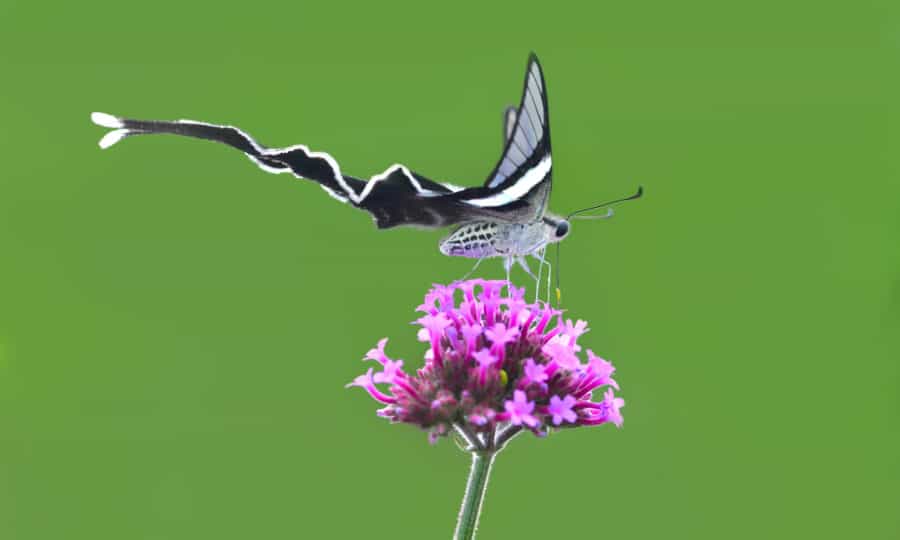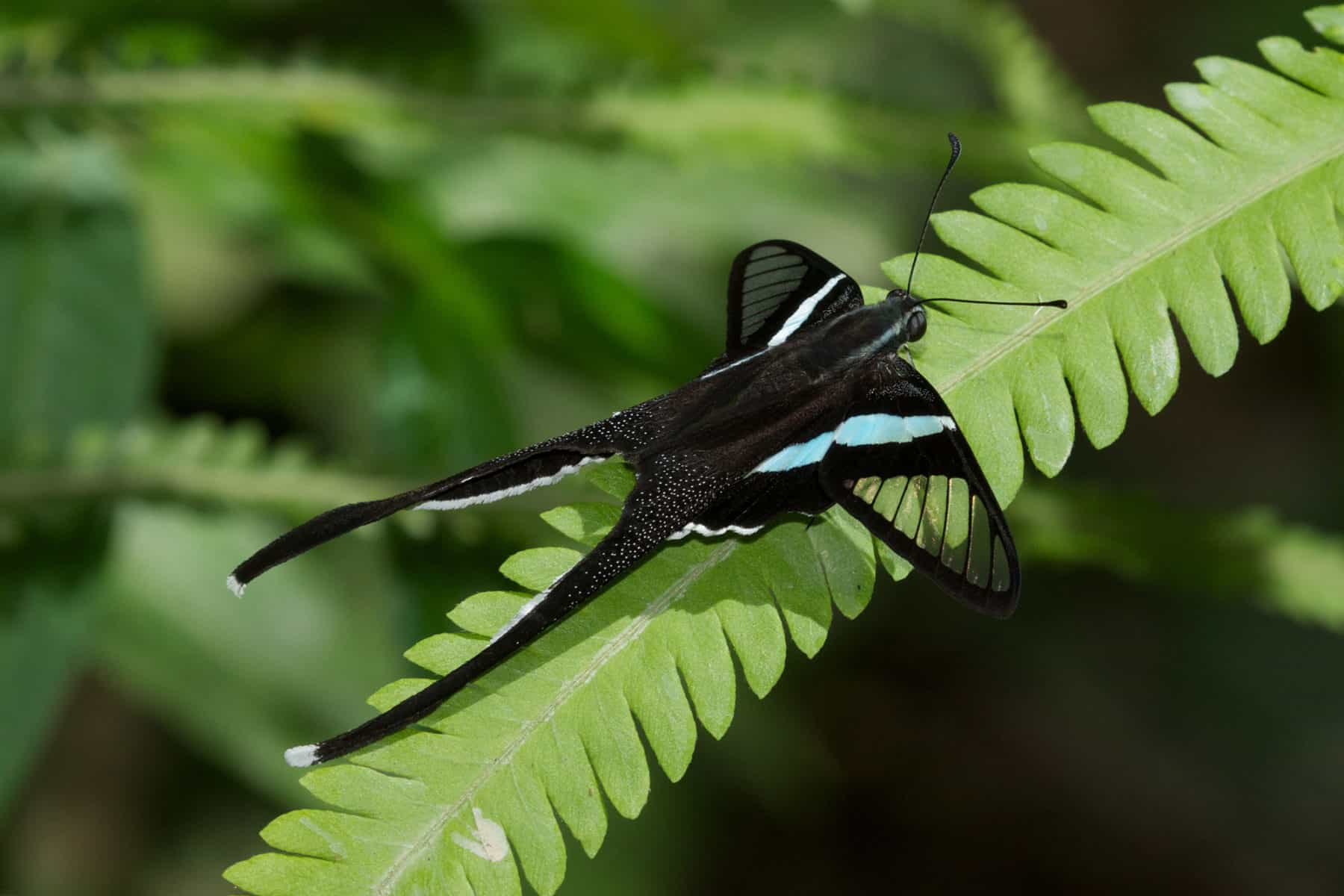The dragontail butterfly is like a dream

Bec Crew
Bec Crew

This dreamy insect looks like it’s swimming through air. It looks like a creation for Disney’s Fantasia that was bumped last-minute for those weird lady fish with the bedroom eyes. Just wait until you see this thing in motion.
Found in South and Southeast Asia, including Thailand, Vietnam and Indonesia, the dragontail butterfly comes in two forms, the green (Lamproptera meges) and the white (Lamproptera curius). The images and videos used here are all of the green dragontail butterfly.
Just look at these things, they’re hypnotic:
There is rarely wisdom in YouTube comments, but as user David Dmonte says, “I watch this to feel nice.” Indeed.
The dragontail butterflies belong to the swallowtail butterfly family (Papilionidae), which contains hundreds of species found all over the world.
In Australia, we have a number of swallowtail species, including the absolutely gorgeous and horribly named blue triangle (Graphium sarpedon) and the orchard swallowtail butterfly (Papilio aegeus), both found mostly along the east coast.
Unlike the orchard swallowtail butterfly, which has no tail whatsoever, despite being a swallowtail, the dragontail butterfly has a luxurious one that, at 4cm long, can rival its wingspan.
Its colouring is mostly black and white, but with a bright turquoise or light green band running roughly parallel to its abdomen. That glass-like transparent triangle on each forewing is known as hyaline – a transparent, colourless feature exemplified by the pellucid hawk moth, found in Queensland.
Here’s another view, which shows off the galaxy-like pattern along its tail, which only adds to its otherworldly vibe:

Dragontail butterflies have a unique flying style because their wings are actually quite small relative to their body size. It means they have to flap their wings super-fast like a dragonfly and use their tails like rudders.
They’re often seen in small groups of two or three, which means we get to see footage like this, which is, quite literally, breathtaking (watch to 0:28 to see all three of them together):
Who else just wants to sink into a cloud right now?

